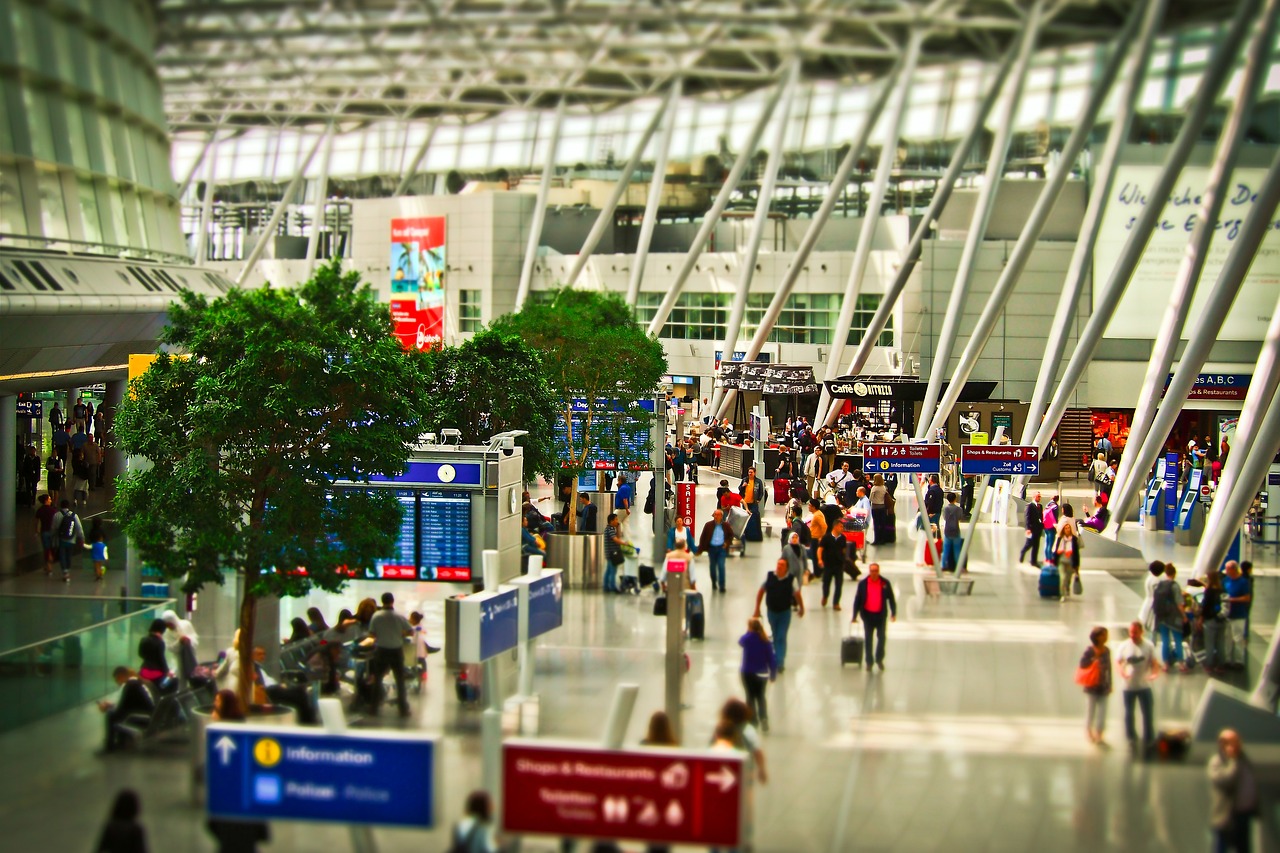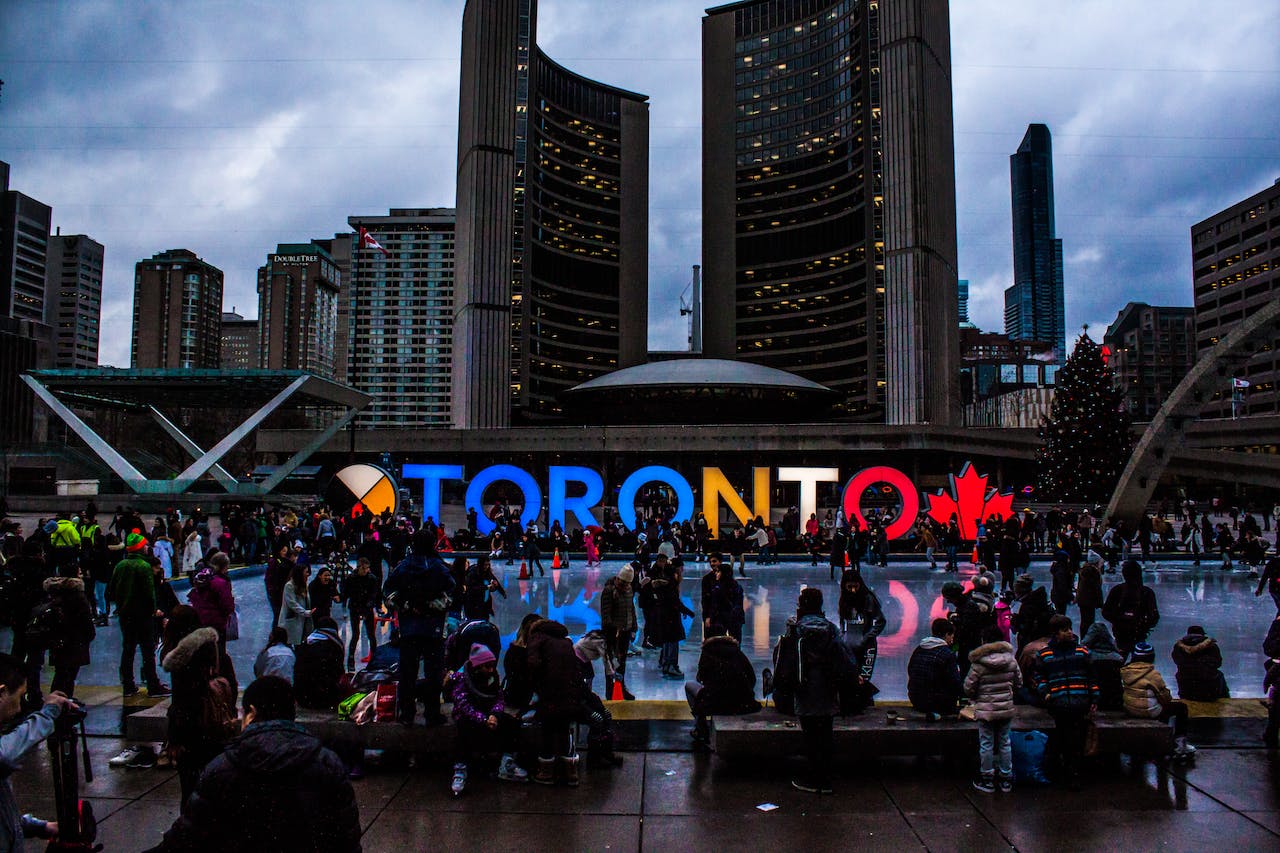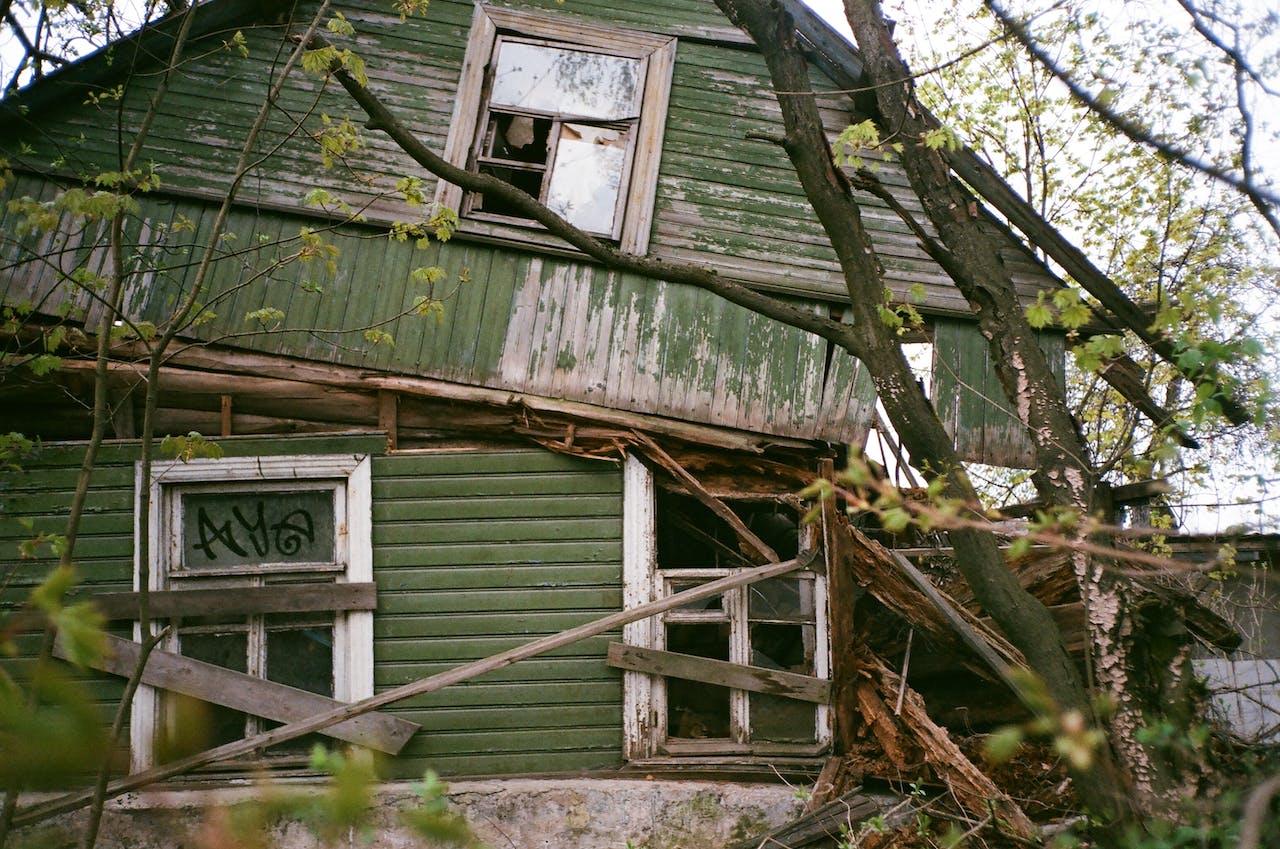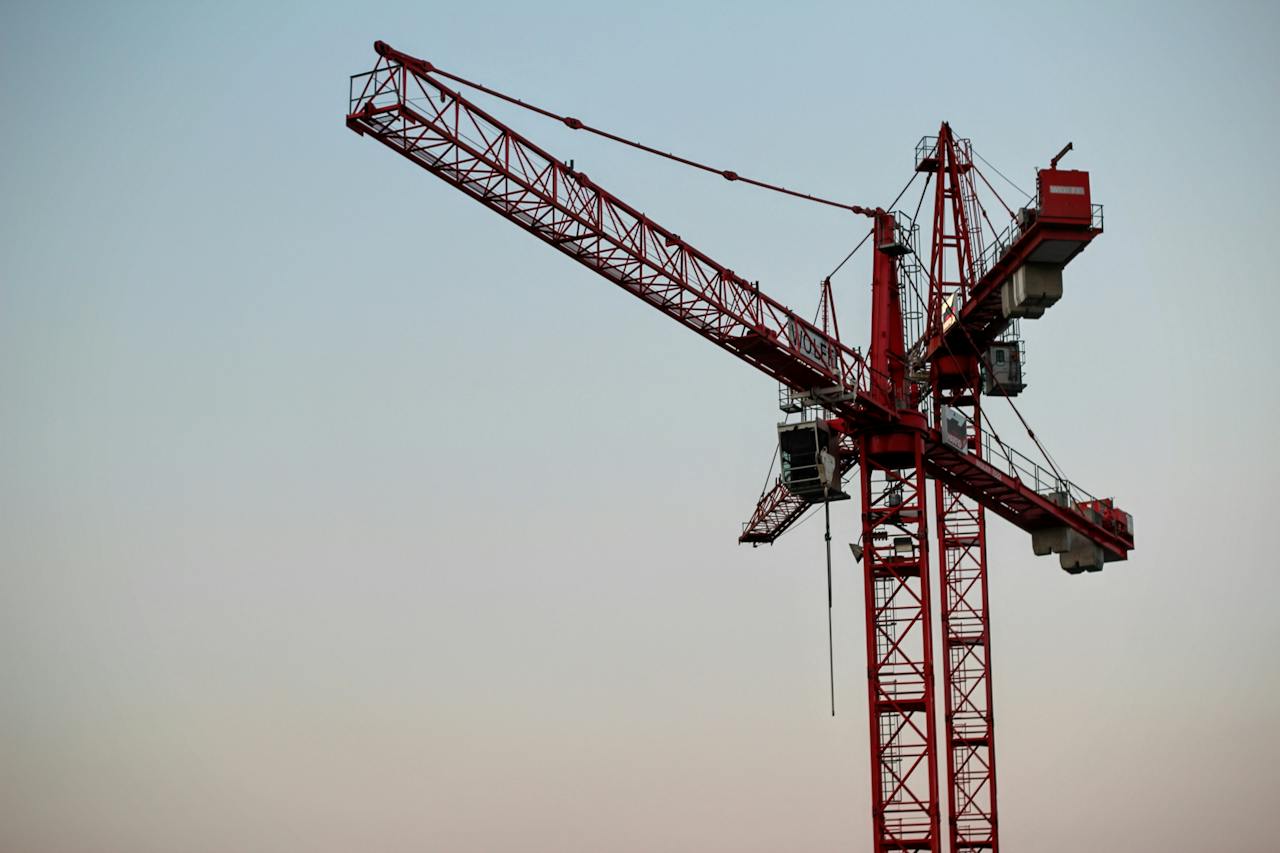Overview: a look at the impact of record immigration on Canada’s housing shortage, new immigration targets, and solutions to the housing crisis.

After setting immigration records over the last 3 years, Canada plans to level off the number of new permanent residents starting in 2026.
The reason?
A growing belief that immigration is contributing to the nation’s housing crisis, driving up prices and driving down inventory.
But are the impacts of immigration on Canada’s housing crisis really true, or simply an exaggeration?
And if it’s not immigration, then what exactly is to blame? And how can we fix it?
Let’s find out…
Immigration By The Numbers

According to Reuters:
Canada is targeting 465,000 new residents this year, 485,000 in 2024 before hitting 500,000 in 2025 – a level it aims to maintain in 2026, Immigration Minister Marc Miller told reporters in Ottawa.
Why so many?
Several reasons, including a rapidly aging population.
CBC News informs:
A report by Statistics Canada published in April 2022 found the country’s working population has never been older, with more than one in five people close to retirement.
As Canada’s aging workers retire, the nation’s tax base will shrink and our healthcare costs will rise.
However, since our fertility rate is at historic lows, we need immigration to make up for those financial and labour shortfalls.
In fact, the record number of immigrants falls far short of what’s actually needed.
A new report from RBC explains:
But Canada needs immigrants over the long term. Even the annual immigrant intake of 1.3% of the population is not sufficient to stabilize the age structure of the population, which would require about 2.1%.
In other words: we need more immigration, not less.
So what exactly is the impact of record immigration on Canada’s housing market?
Impact on Canada’s Housing Shortage

That must have some impact on the housing market, right?
Yes, but it doesn’t necessarily translate to higher prices or more competition.
Immigration.ca reveals:
[Immigrants] arrive in Canada with an average of $47,000 in savings but over half of that is used to get settled. Almost one-fifth of immigrants come with no savings whatsoever…
So the average immigrant has around $20,000 after getting settled, while almost 20% arrive with zero savings.
In fact, the poverty rate among new immigrants is 2.4 times higher than those born here.
Which begs the question: how are poor immigrants buying up all the property?
The short answer is they aren’t.
Immigrants are more likely to rent than buy.
According to Statistics Canada:
Recent immigrants were more likely to live in rented dwellings (56%) than the total population (27%)…
Then there’s the time and money required to save up for a down payment.
Nesto.ca informs:
The average savings time required to afford a home using the minimum down payment in Canada stands at almost 8 years. However, this figure fluctuates greatly across provinces and even cities.
For example, it takes approximately 11 years to save up for a down payment in Ontario, and 42.2 years in Toronto!
That means the record number of immigrants arriving now through 2026 will need to save till 2034 just to buy a home in Ontario (and even longer in Toronto).
If immigration isn’t responsible for the housing shortage, what is?
True Causes of Canada’s Housing Crisis

But far and away, the main one is lack of supply.
According to Move Smartly:
Every level of government in Canada cites a lack of supply as the primary cause for high home prices and countless academic and bank economists have made the same argument.
But this lack of supply isn’t due to the record number of immigrants.
In fact, Toronto home prices peaked in February 2022—despite immigration being restricted since March 2020 because of COVID.
Rather, the lack of supply is due to construction delays and timelines.
CTV News explains:
Red tape and anti-development sentiment at the municipal level, for example, can lead to major delays in projects.
Local government bureaucracy is slowing down the construction of new homes.
Another reason for lack of supply and higher prices is inflation.
CIC News informs:
[The] housing shortage can be attributed to a higher residential construction price. Prices are higher because of a shortage of skilled workers, a low supply of raw materials (leading to higher costs) and increased input costs.
For example, residential construction prices are up 51% since the start of the COVID-19 pandemic.
Rising costs and inflation are also leading to the cancellation of dozens of condo projects, exacerbating the supply crunch.
Now that we know the true causes of Canada’s housing shortage, what are the solutions?
Solutions To The Housing Crisis

Canada needs to build over 22 million homes by 2030 to restore housing affordability.
How can we meet such a monumental challenge?
The answer is more immigration.
According to Real Estate Magazine:
Immigration could be a key player in reducing labour barriers and getting more homes built – but in order to do so, Canada’s ambitious immigration targets must include measures to attract and secure workers from the residential construction sector.
One solution is to expedite processing times for workers who specialize in construction.
Another solution is to create more purpose-built rental homes.
After federal tax incentives for such homes were rolled back decades ago, it led to a massive shortage in new rental construction which accumulated over time.
Bringing back those tax incentives would change that.
Finally, all three levels of government need to work together.
Carolyn Whitzman, housing policy researcher at the University of Ottawa, tells Maclean’s:
I’m very impatient about people pointing fingers at immigrants for the housing crisis, because it has very little to do with immigration and a lot to do with government policy.
The fact is Canada hasn’t had a national housing policy since the 1990s.
Whitzman goes on to say:
That’s when the federal government decided it was a provincial or territorial responsibility, and in the case of Ontario, the province punted it to municipalities.
So better coordination and cooperation between all three levels of government is key to solving Canada’s housing shortage.
Canada’s Housing Shortage Conclusion

But that won’t fix the housing crisis.
Everyone from academics to economists agrees: immigration is not the problem—it’s the solution.
As Canada’s Housing Minister, Sean Fraser, told reporters:
When I talked to developers…[they say] one of the chief obstacles…is having access to the labour force to build the houses that they need…
Letting in more immigrants with construction experience will help us build more homes and achieve affordability.
Want to know more about the housing market? Contact me below for answers.
Wins Lai
Real Estate Broker
Living Realty Inc., Brokerage
m: 416.903.7032 p: 416.975.9889
f: 416.975.0220
a: 7 Hayden Street Toronto, M4Y 2P2
w: www.winslai.com e: wins@winslai.com
*Top Producer (Yonge and Bloor Branch) — 2017-2022

